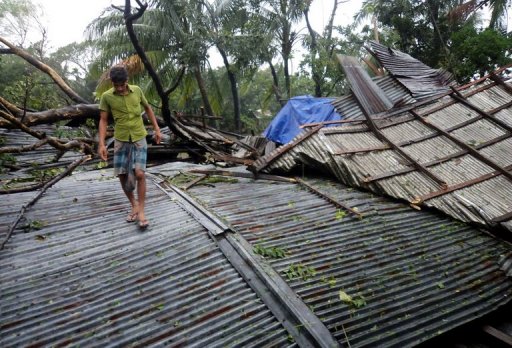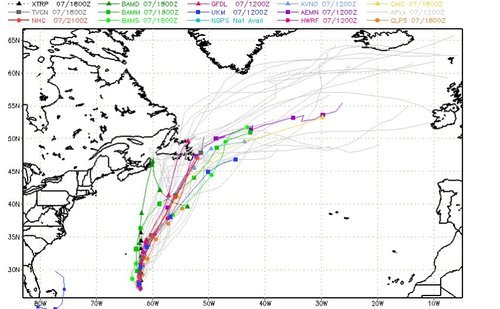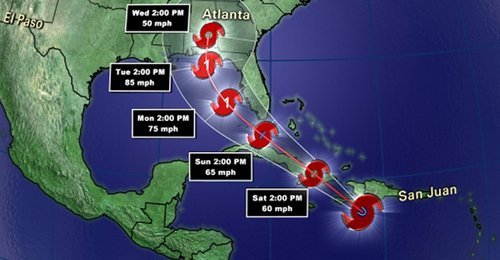Tropical Storm Hits Bangladesh
A surprisingly strong tropical storm impacted southern Bangladesh on Wednesday and Thursday of this week. According to the India Meteorological Department the storm was a depression, which would give it maximum sustained wind speeds of 52km/h. Forecasters did not believe it would have a significant impact when it hit land, but in its aftermath there have been at least 26 deaths with many people still missing.

Strong winds from the tropical storm damaged houses and uprooted trees in coastal portions of Bangladesh. Crops were also severely damaged in the storm and some fisherman are feared lost at sea. Many fisherman suggested that poor forecasting downplayed the storm, which didn’t make it clear that they should stay on land.
Bangladesh is a relatively small, but densely populated country (estimated population is greater than 160,000,000) that is located in the delta of the Ganges river. The country’s low-lying coastal location makes it particularly vulnerable to natural disasters, including floods, tropical cyclones, and severe thunderstorms.
Sources:
http://www.ndtv.com/article/world/bangladesh-storm-toll-rises-to-26-scores-missing-278938
http://www.cnn.com/2012/10/11/world/asia/bangladesh-tropical-storm/index.html




